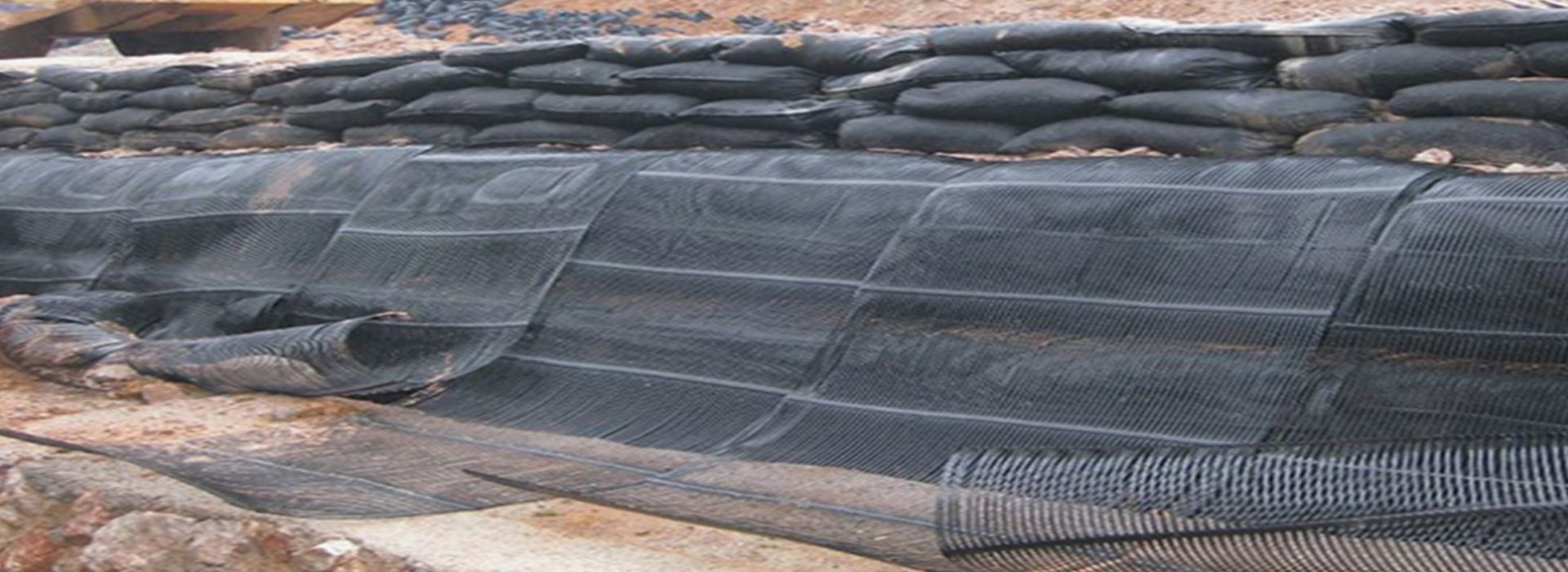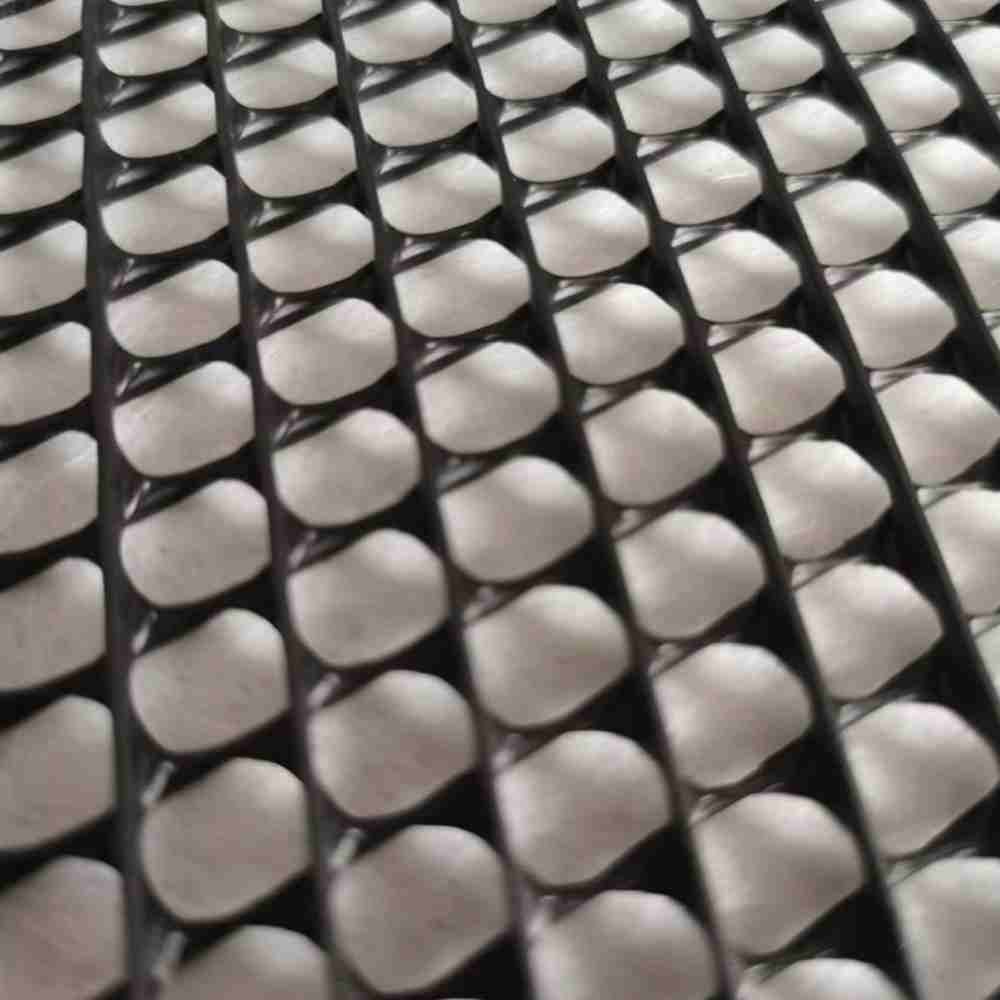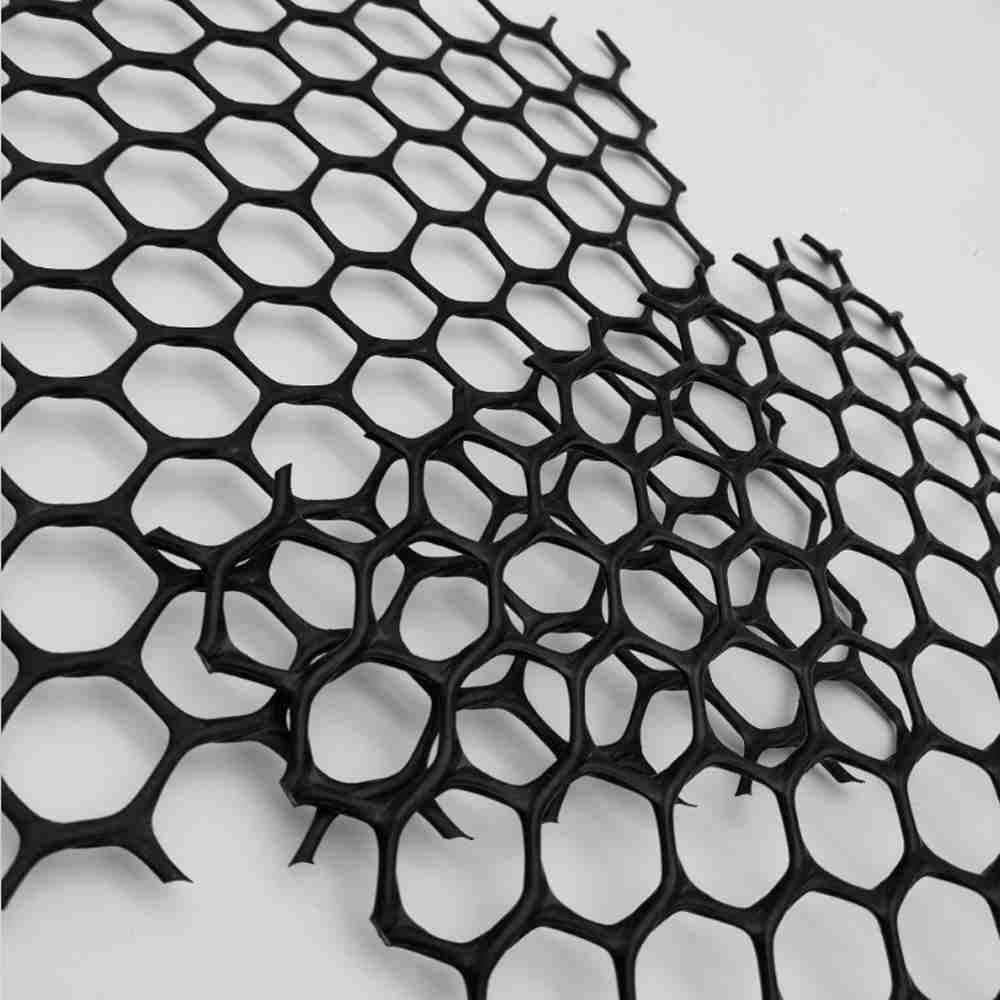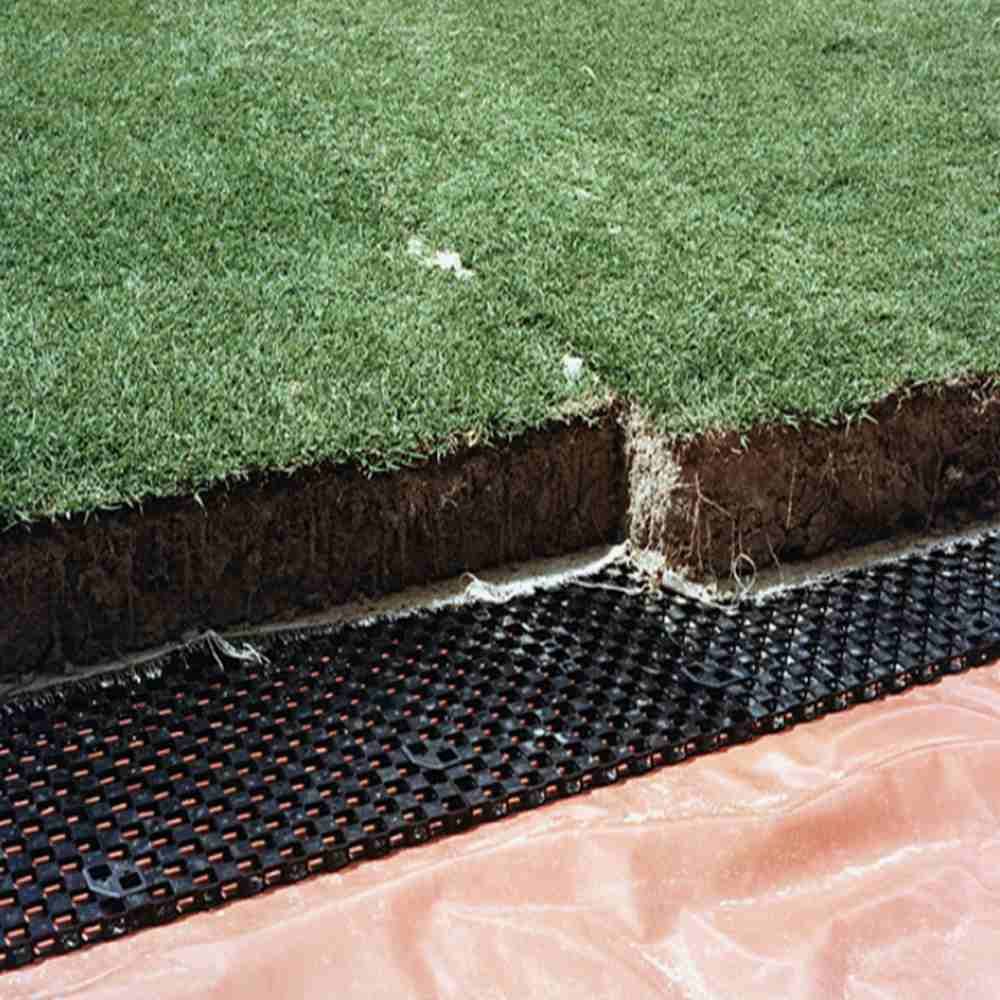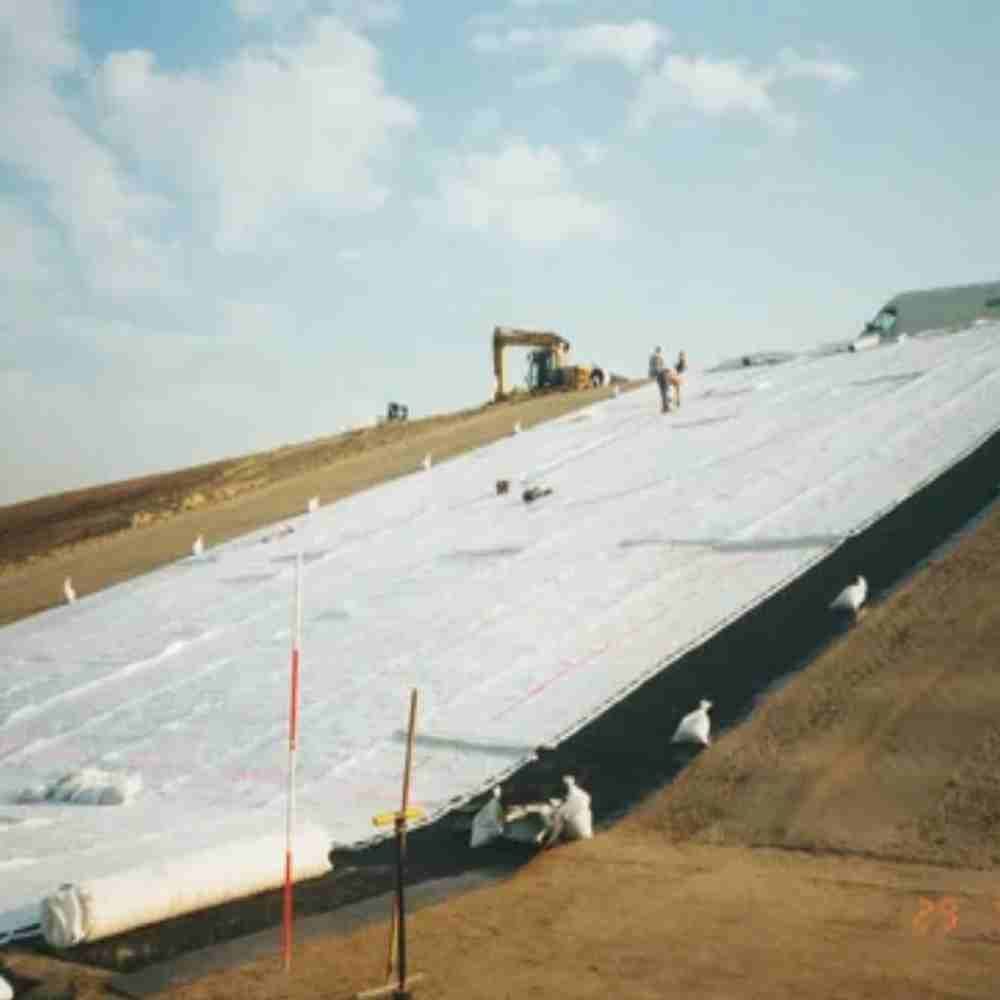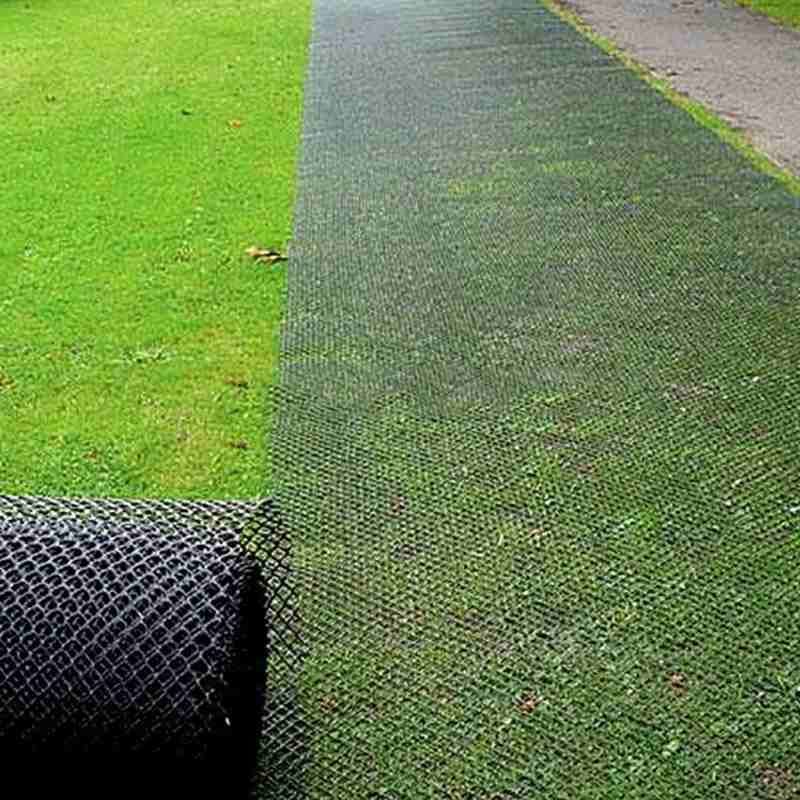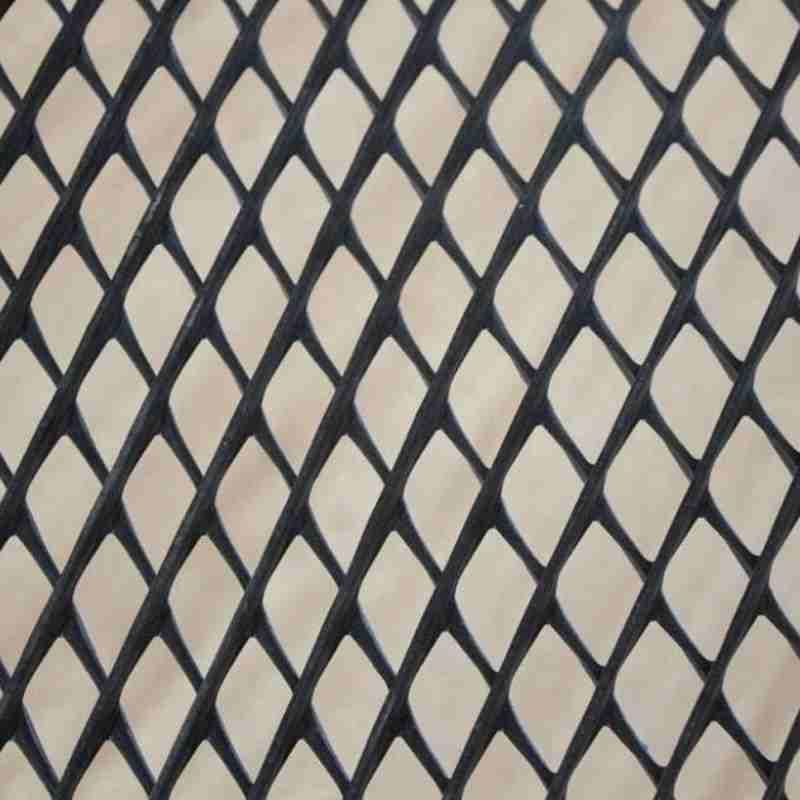High Tensile HDPE Geonet Used for Railway and Highway Protection with CE
Classification :
keyword:
Geonet
PRODUCT DETAILS

Geonet is a department of civil engineering that research the houses and conduct of Geonet and is used for the format and development of quite a number kinds of structures. It is necessary for making sure the balance and security of buildings, roads, dams, and different infrastructure projects.
One of the key duties of Geonet is to habits soil surveys to decide the bodily and mechanical houses of Geonet at development sites. These portions of data are used to evaluate the suitability of soil for helping anticipated constructions and to graph fantastic basis systems.
Geonet engineers additionally play a necessary position in mitigating geotechnical engineering dangers such as soil subsidence, landslides, and soil liquefaction for the duration of earthquakes. By making use of concepts of soil mechanics and geotechnical engineering, soil engineers can increase fine options to make certain the long-term overall performance and protection of constructions on more than a few soil types.
In summary, Geonet is an essential self-discipline that combines scientific understanding and engineering understanding to make certain the profitable and protected development of infrastructure initiatives on one-of-a-kind sorts of soil.
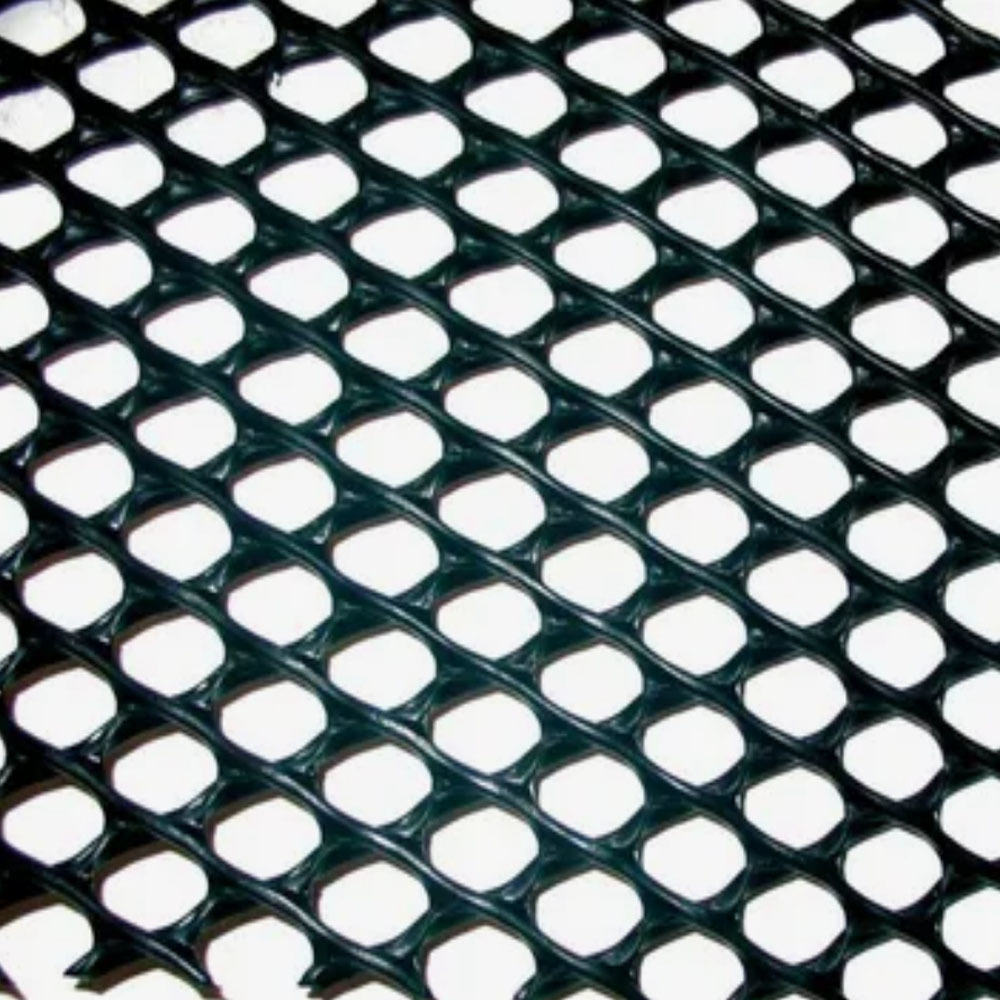 |
 |
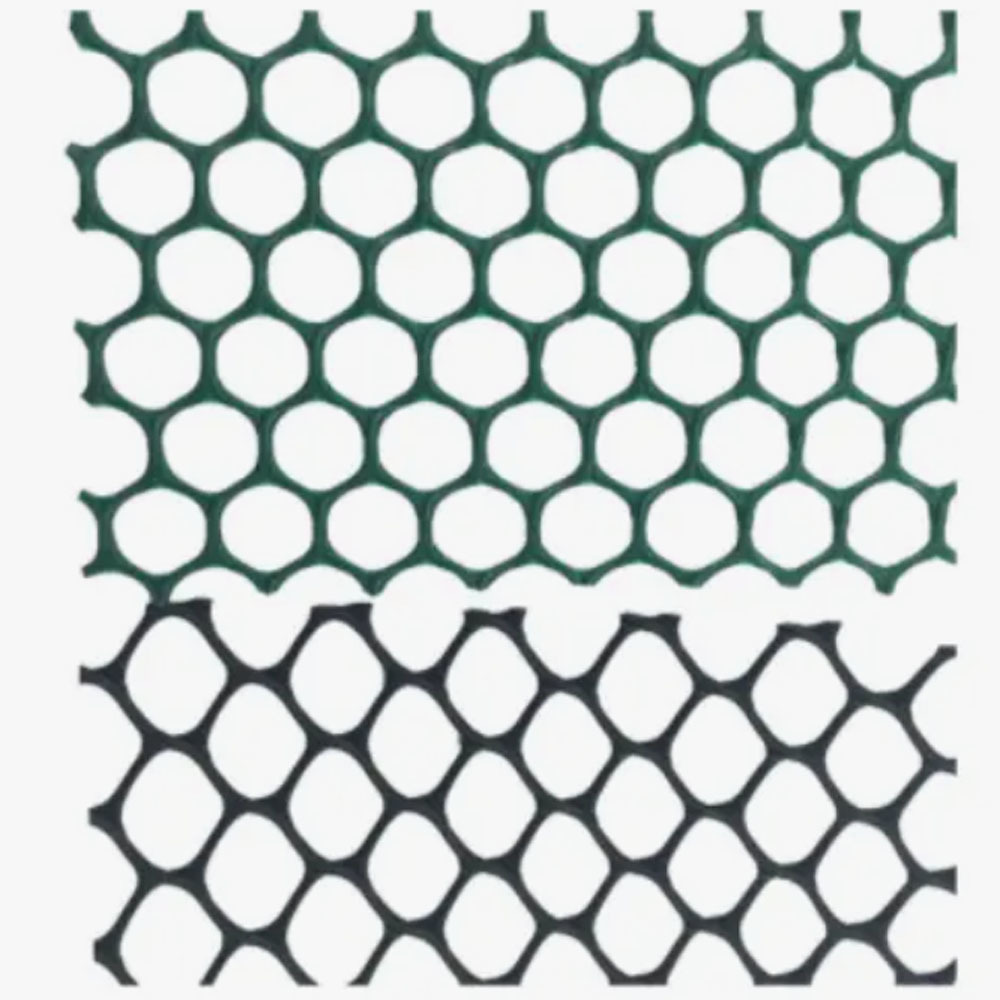 |
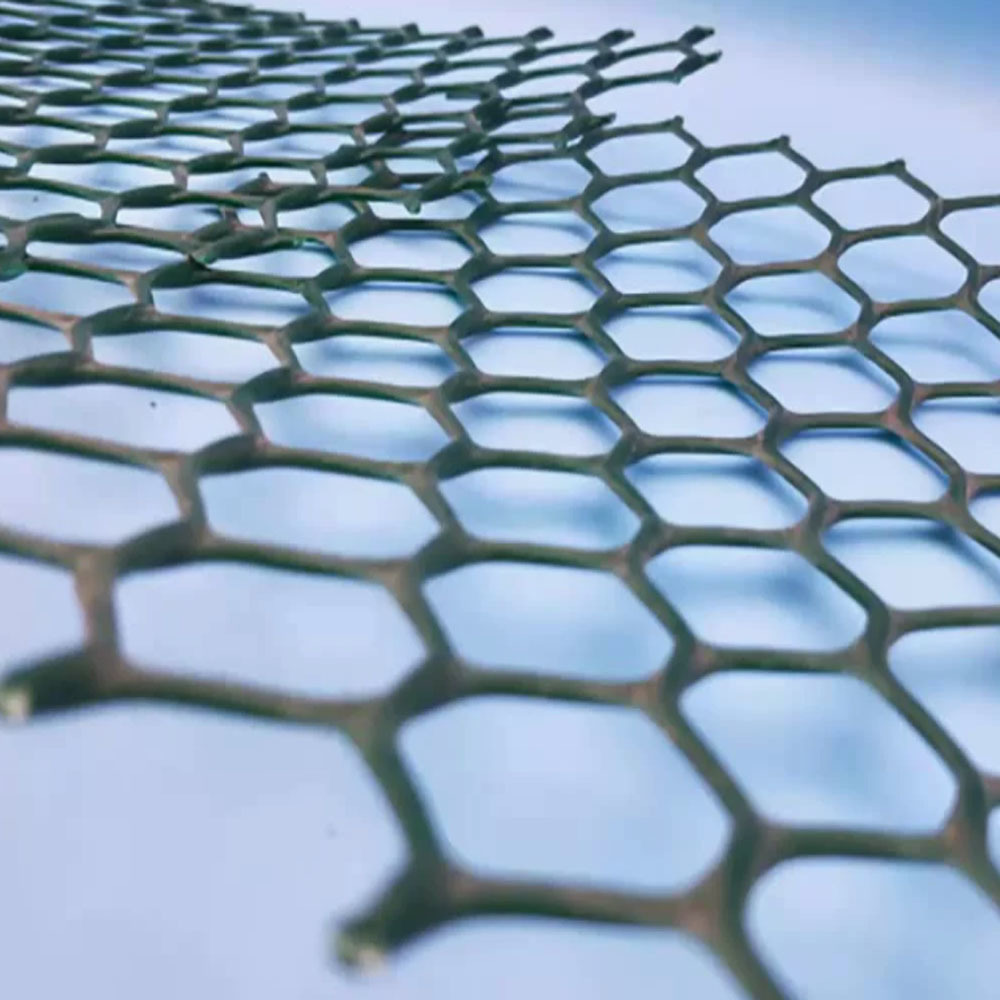 |
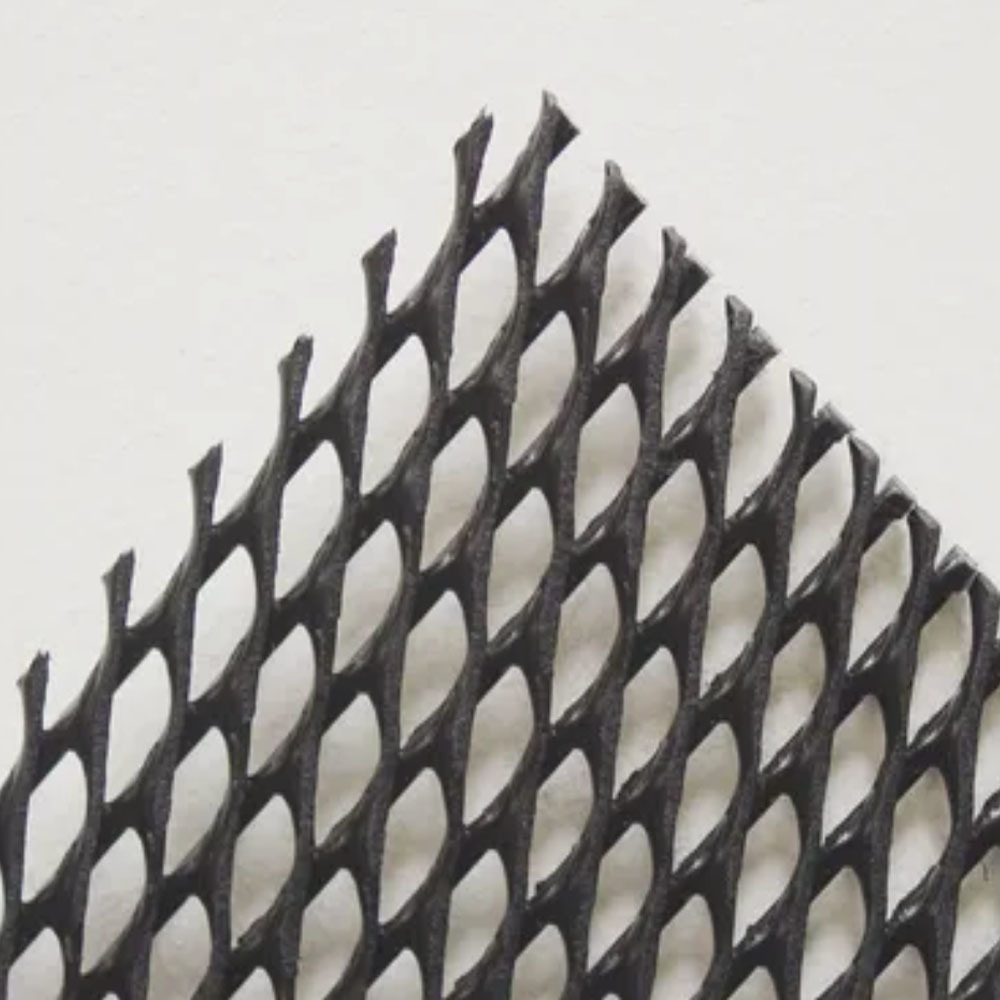 |

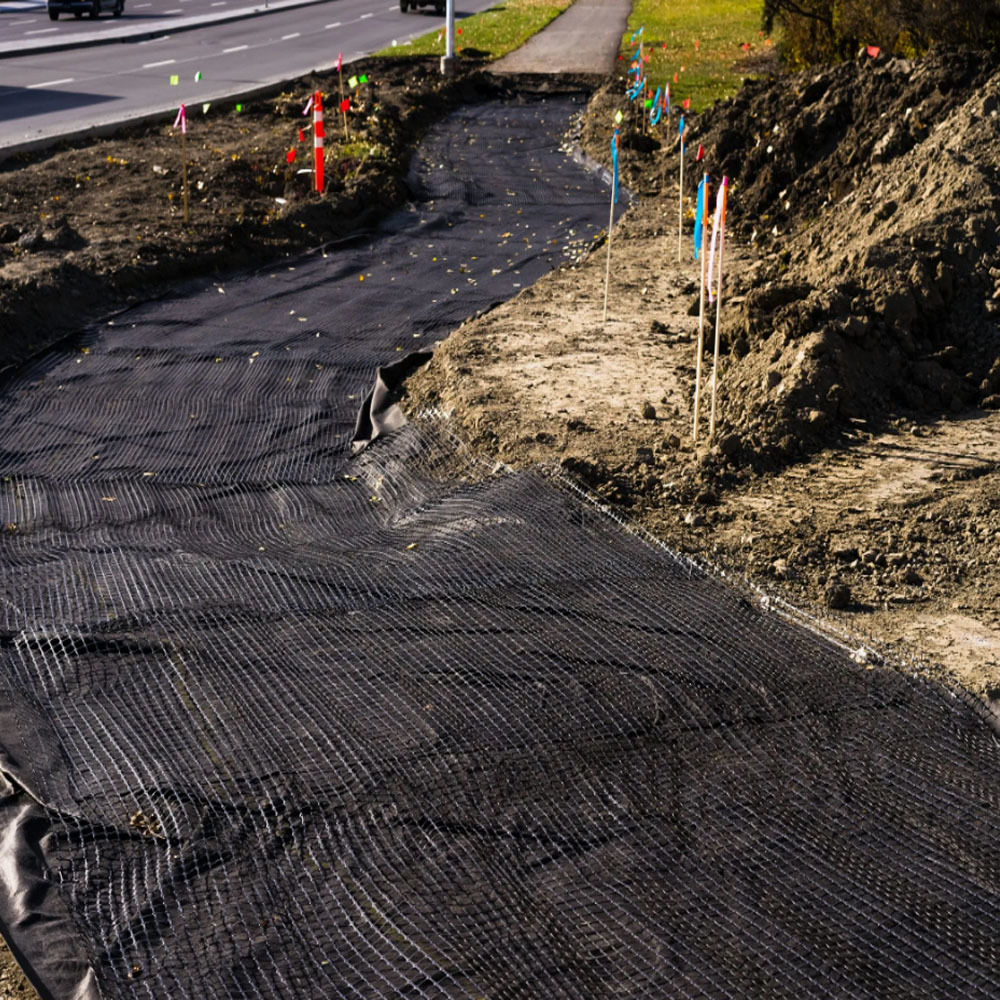 |
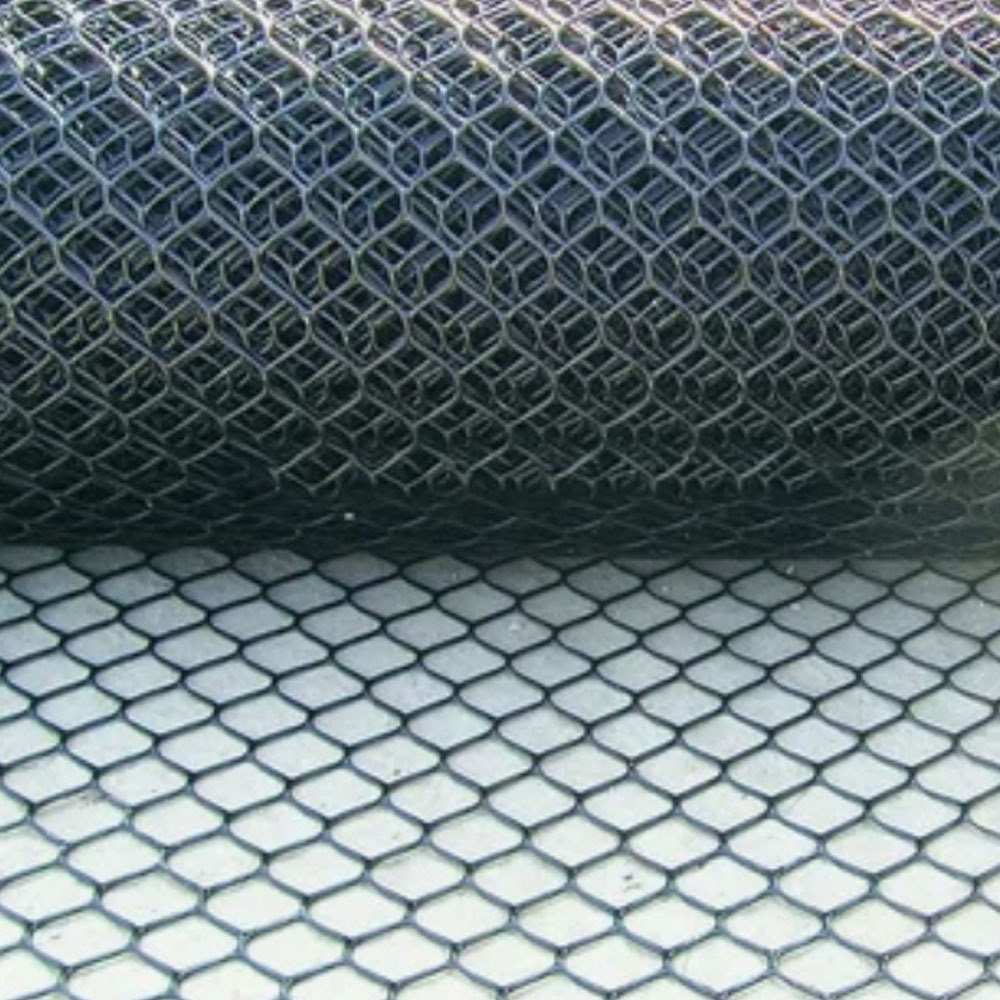 |
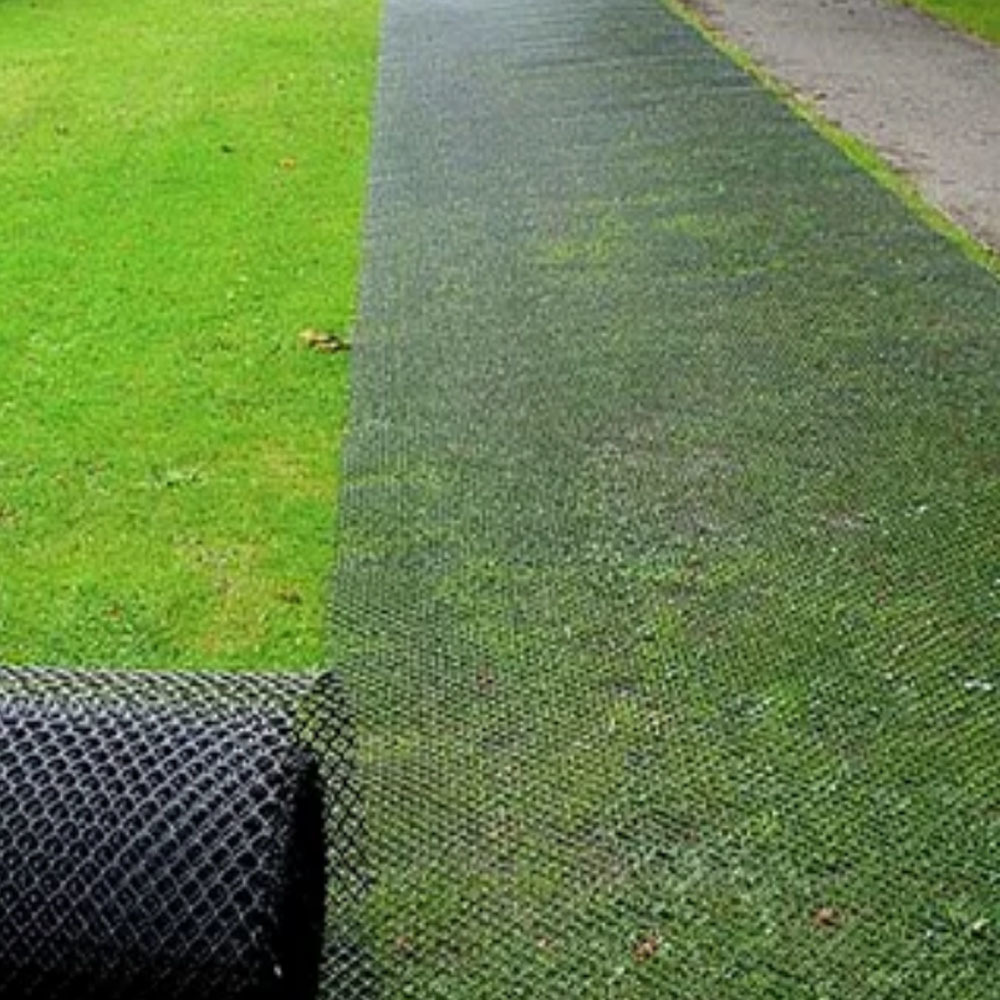 |
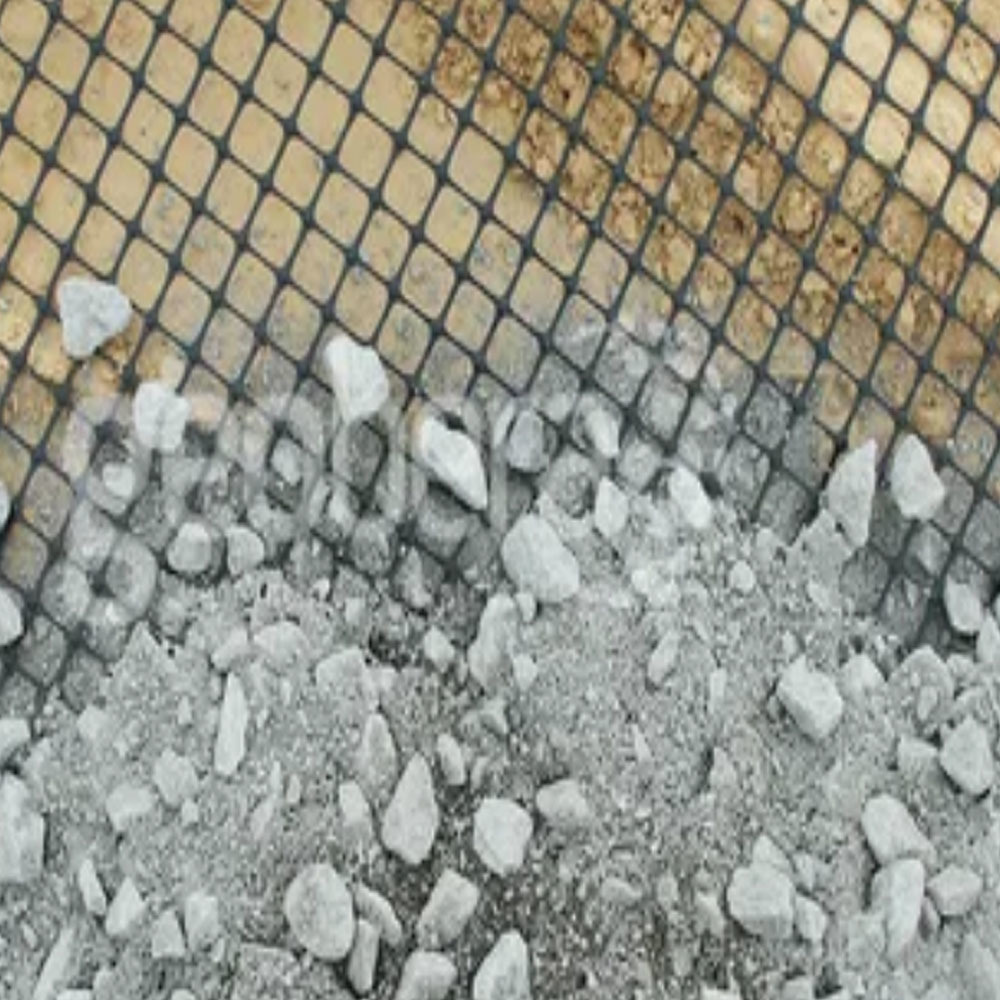 |
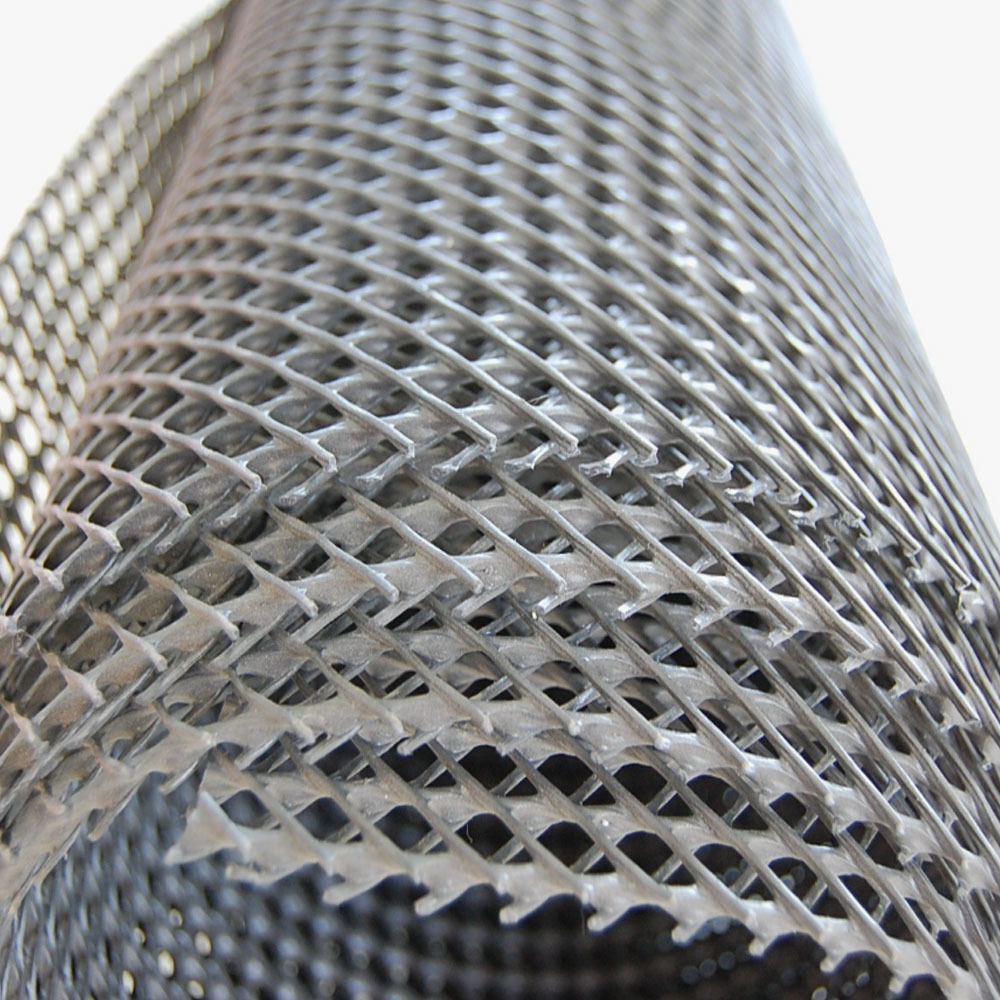 |
Geonets are synthetic materials widely used in geotechnical engineering for various applications. Geonets are typically made of high-density polyethylene (HDPE) or polypropylene (PP) and have a three-dimensional structure with high tensile strength and good hydraulic properties.
One of the main applications of Geonets is in landfill liners and caps. Geonets are used to provide drainage and gas venting in landfills, helping to prevent the buildup of pressure and the formation of harmful gases. Geonets also help to reduce the risk of leachate leakage from landfills, protecting the surrounding environment from contamination.
Geonets are also commonly used in slope stabilization and erosion control. By placing Geonets on slopes, they can help to improve the stability of the soil and prevent erosion caused by rainfall or surface runoff. Geonets can also be used in conjunction with vegetation to create vegetated slopes that are both stable and aesthetically pleasing.
In addition, Geonets are used in road construction and railway embankments to improve drainage and reduce the risk of soil erosion. By incorporating Geonets into the construction of roads and railways, engineers can ensure that the infrastructure remains stable and durable over time.
Another important application of Geonets is in retaining walls and steep slopes. Geonets can be used to reinforce the soil and provide additional support to structures such as retaining walls, helping to prevent slope failure and landslides. Geonets can also be used in combination with geotextiles to create reinforced soil structures that are strong and durable.
Overall, Geonets are versatile materials that are used in a wide range of geotechnical applications. Their high tensile strength, good hydraulic properties, and durability make them an ideal choice for projects requiring drainage, erosion control, and slope stabilization. Whether used in landfill liners, road construction, or retaining walls, Geonets play a crucial role in ensuring the stability and longevity of geotechnical structures.

|
Specification |
CE121 |
CE131 |
CE151 |
CE181 |
CE191 |
DN1 |
HF10 |
|
Mess per unit area≥(g/m2) |
730±35 |
630±30 |
550±25 |
700±35 |
720±35 |
750±35 |
1240±60 |
|
Mesh size≥(mm) |
8*6 |
27*27 |
74*74 |
90*90 |
105*105 |
10*10 |
10*10 |
|
Net width≥m |
2.0 or 2.5 |
||||||
|
Length of roll(m) |
50.0 or 40.0 |
||||||
|
Maximum drawing force≥(KN/M) |
6.2 |
5.8 |
5.0 |
5.77 |
6.0 |
6.0 |
18 |
|
Remark |
The special spec or size can be manufactured according to the demands of the contract or aggrement |
||||||
Factory Appearance

RELATED PRODUCTS
GET A FREE QUOTE


